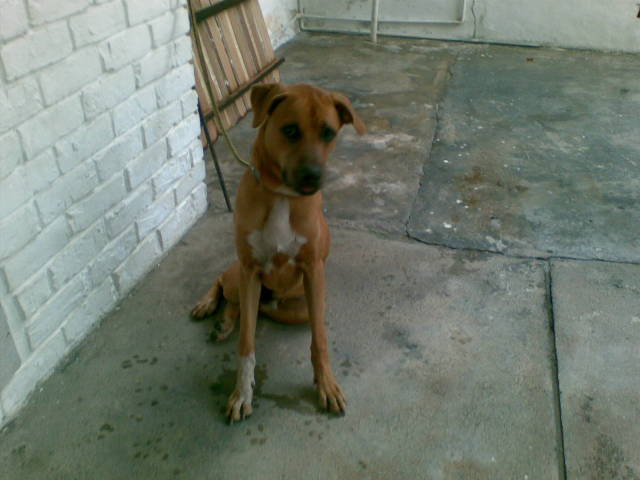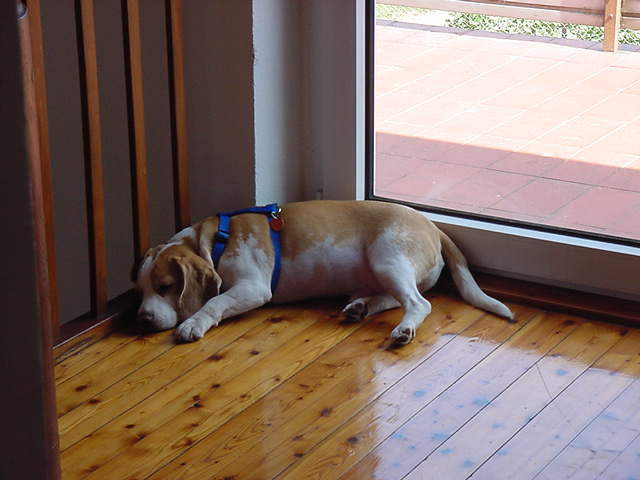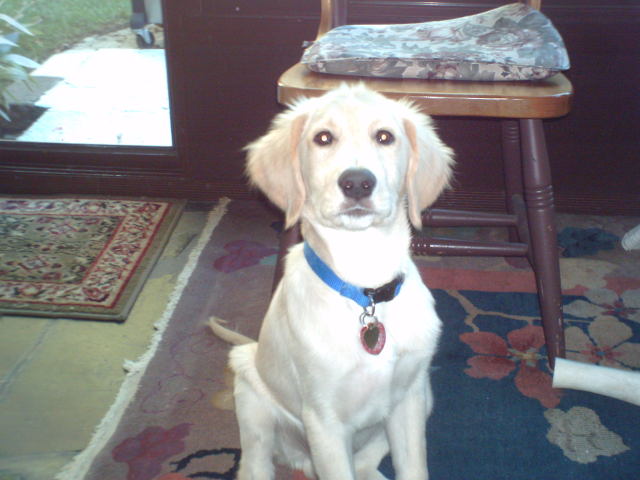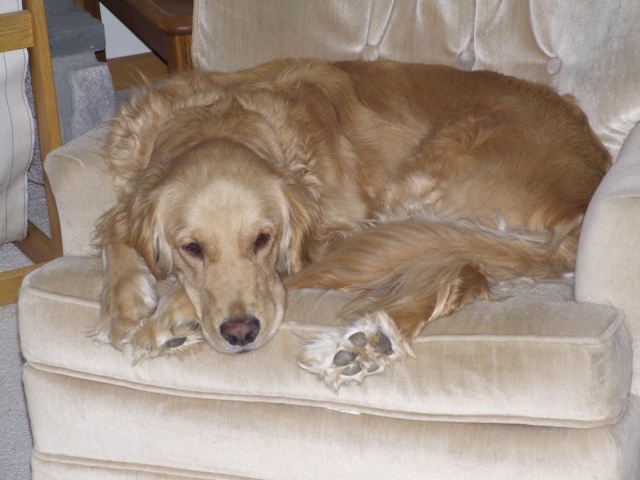QuestionMy girlfriend and I live in a small apartment. We also have an adult female Chihuahua and an adult male shelter cat. Two weeks ago we took in a male Pekingese mix also from a shelter. He was recently neutered and someone's guess as to his age is 1-2ish.
When he was initially abandoned at the shelter the explanation was "aggressive to other animals." No one observed this at the shelter. He then went to a foster home which had a couple other dogs there that he got alone fine with. His foster mother told us that he had minor food protectiveness issues and a fear of male humans.
When we took him in we saw none of these traits.
Instead he has some aggressive tendencies that are baffling. We have a crate for him, which he sleeps in at night. We keep him on a leash at all times. At bedtime we walk him to the open door of it, and he walks right in. Except that as we approach the door he starts to growl. When he's in the crate he whirls about to snap at the closing door. He immediately stops growling and barking when a blanket is put over the crate.
70% of the time, petting him is fine. Other times he will growl. Sometimes he will approach you to be pet, accept the petting for a minute or two and suddenly change his mind and growl (but continue to present his belly or nudge your hand). If we stop petting he'll stop growling, but pretty much any other action at that point will result in the growl escalating immediately to biting. He's too small to inflict any real damage, but it's very uncomfortable.
He seems to get nasty at completely nonsensical times, which makes it very difficult to find a course of action to fix it. Thank you.
AnswerAny behavior of any dog at any shelter can be immediately discredited; municipal "kill" shelters are terrifying places for all animals. Caging can create, or exacerbate, containment aggression. No one at any shelter (unless it's a private no kill facility with a credentialed behavioral specialist on staff, far and few between) can give you any real evaluation of a dog's temperament. Your dog's response to crating might be a created fear aggression response to his cage confinement at the "shelter". If you do not respond to it in any way (ignore it totally) and immediately reward his calmer state (when you can observe he is no longer fearful/growling) with a small treat fed to him between the bars of his crate, it should self extinguish. Instead of covering the cage, wait for the dog to visibly calm, then offer a food reward and praise (but be careful you are not rewarding his persistent fear response by closely observing his body signals). There's no need to continually confine this dog to a crate unless you are using it to reinforce house training and/or separation destruction; otherwise, he can easily be left alone in an area (such as the kitchen with gate or closed door), with a soft bed and water.
In terms of his response to your petting: touching a dog on the head or back is a very dominant behavior; a dog that solicits being petted, or actively rolls over to expose his belly for petting and then suddenly presents with aggression, is either responding to a conditioned fear response or is obtaining an actively dominant posture (i.e., offering submissive posture with a temperamental dissonance that does not freely accept dominant behavior on your part.) A dog that offers mixed signals (such as you describe) is most likely responding to a natural tendency toward dominance mixed with a learned response to subdominance. I can't tell this from here. You need a certified applied animal behaviorist who can put hands on this dog, observe him and evaluate temperament, interview you extensively regarding your interaction with him, and give you a reliable diagnosis accompanied by a behavior modification protocol. NO BITE from ANY DOG is ever acceptable, even in fear; your dog appears to have lost bite inhibition (perhaps for good cause, we don't know his history.) You need a professional. Contact the veterinary college in your geographical area and ask for referral. DO NOT hire a dog trainer; anyone can become a dog trainer and most of those I've know in my long career know little or nothing about aggression and will only worsen the problem.

 Agressive 1 yr old mini goldendoodle
Question
our millie
My husband and I got our min
Agressive 1 yr old mini goldendoodle
Question
our millie
My husband and I got our min
 dogs behaviour
QuestionMy 8 months old Dusto
QUESTION: My puppy
dogs behaviour
QuestionMy 8 months old Dusto
QUESTION: My puppy
 licking the floor not stop
QuestionGeorgie
QUESTION: Hi,
I have a 7 year ol
licking the floor not stop
QuestionGeorgie
QUESTION: Hi,
I have a 7 year ol
 my 7 month old golden changed for the worse
QuestionRiley at 6 months
QUESTION: I got a gold
my 7 month old golden changed for the worse
QuestionRiley at 6 months
QUESTION: I got a gold
 aggression in aging dog
Question
Niko
I have a thirteen year old, female, Samoy
aggression in aging dog
Question
Niko
I have a thirteen year old, female, Samoy